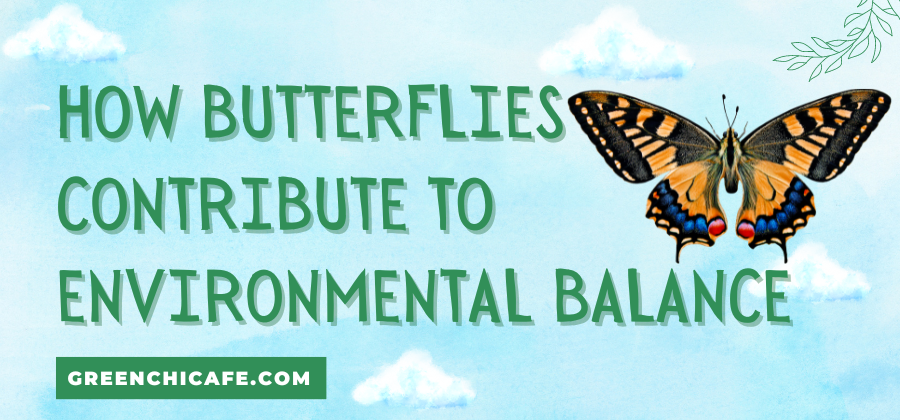Butterflies play a crucial role in our ecosystems.
Their contributions help maintain the environmental balance that supports all life on Earth.
This article explores the key ways these winged creatures support planetary health.
How Butterflies Contribute to Environmental Balance
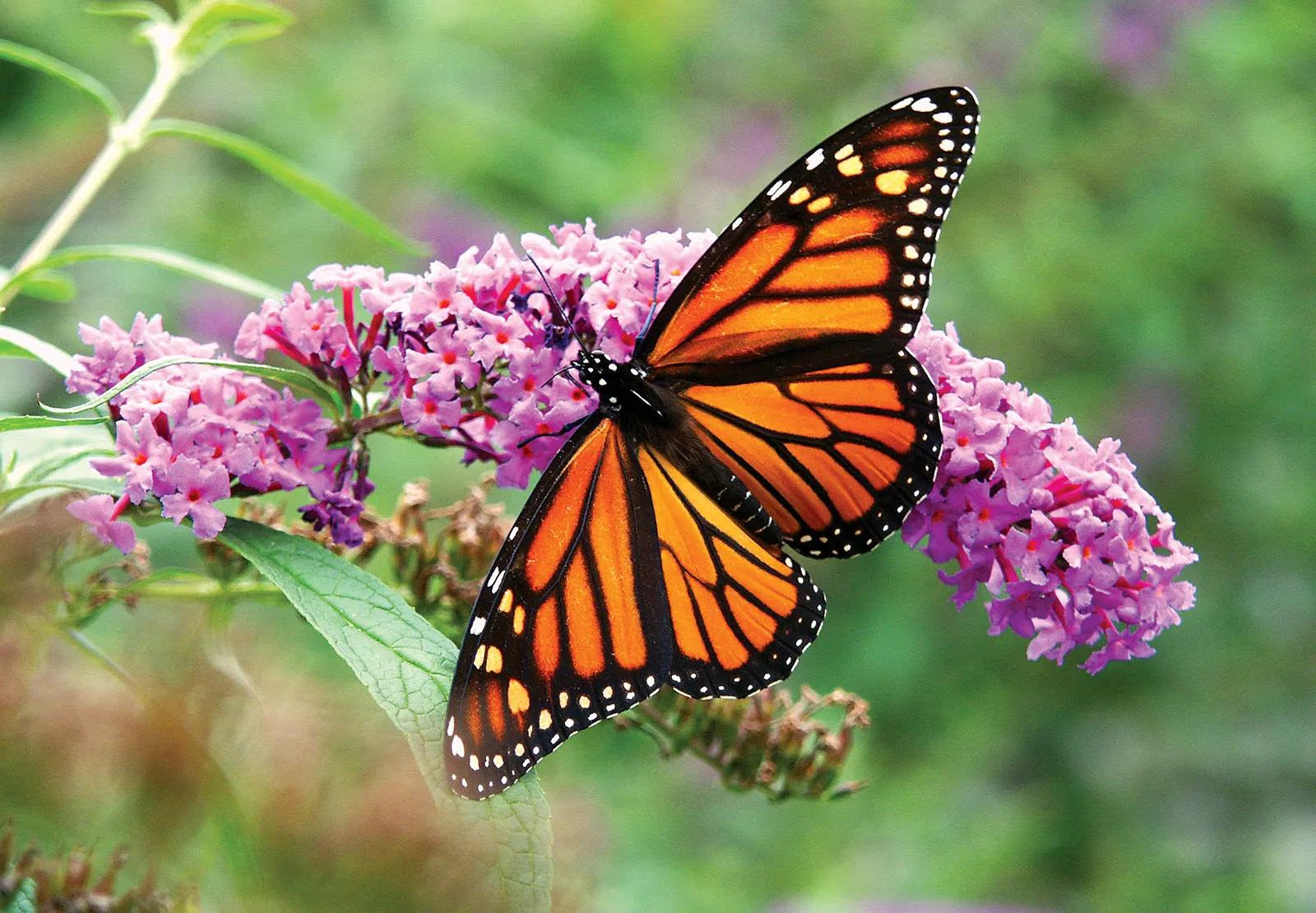
Butterflies carry out various functions to maintain balance in the environment. They act as effective pollinators, aiding in plant reproduction. Furthermore, butterflies serve as a food source for predators. Research on butterfly populations provides insights into the size of these populations, which in turn indicates the health and stability of ecosystems.
Key Points
- Butterflies are important pollinators that facilitate plant reproduction.
- They serve as food sources for birds and other predators in the ecosystem.
- Butterfly populations indicate the overall health of an environment.
Our Opinion
In our view, butterflies play an indispensable role in maintaining balance within natural environments. As pollinators, food sources, and barometers of ecosystem health, butterflies contribute to environmental stability in diverse ways. Protecting butterfly populations and their habitats helps preserve balance and biodiversity for the benefit of many species, including humans.
Butterfly Pollination Enables Plant Reproduction
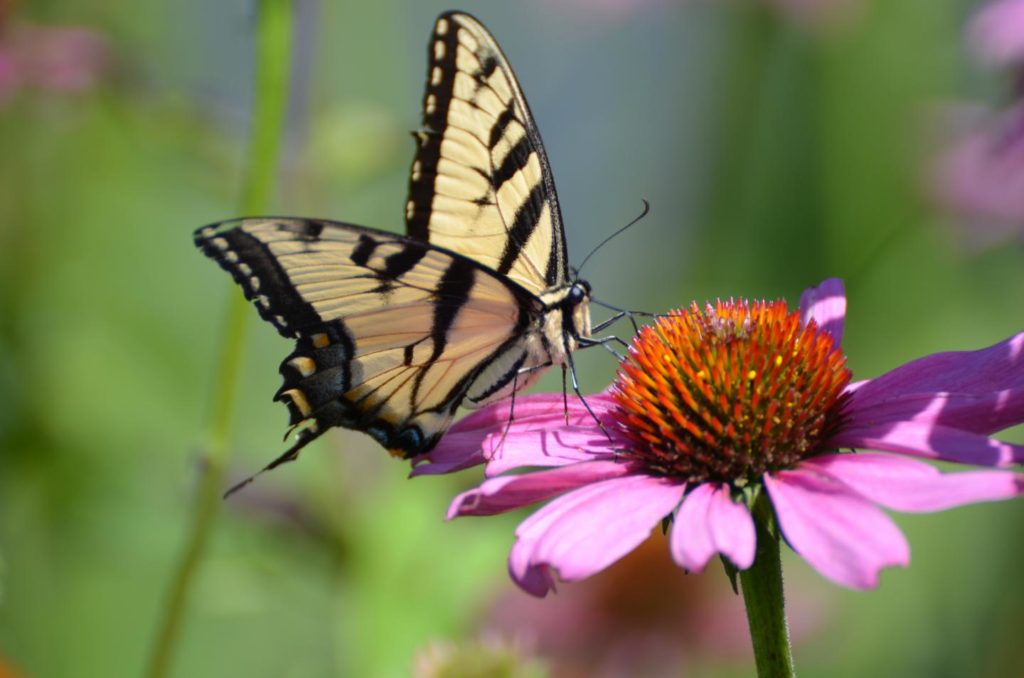
Butterflies serve as pollinators for many flowering plants. As butterflies flit from flower to flower sipping nectar, pollen grains stick to their legs and bodies. When a pollen-dusted butterfly visits the next flower, some of the pollen rubs off, fertilizing the plant. This pollination allows the plant to produce seeds, fruits, and new plants.
Some key facts about butterfly pollination:
- Butterflies pollinate wildflowers, food crops, trees, and other plants. Certain species rely fully on butterflies for reproduction.
- Colorful, scented flowers attract butterflies. The flowers provide nectar while benefiting from pollination.
- Butterfly-pollinated plants include orchids, daisies, zinnias, and milkweed. Crops like carrots and olives also depend on butterflies.
- Declines in butterfly populations can reduce plant reproduction and food crop yields. Protecting butterflies helps ensure healthy, biodiverse plant communities.
Butterfly pollination enables many plants to reproduce and spread. These plants in turn provide food and habitat for countless other creatures. By transporting pollen as they drink nectar, butterflies power the growth of new plants across ecosystems. Their pollination services are vital for maintaining environmental balance.
Butterflies Occupy Vital Roles in Food Chains
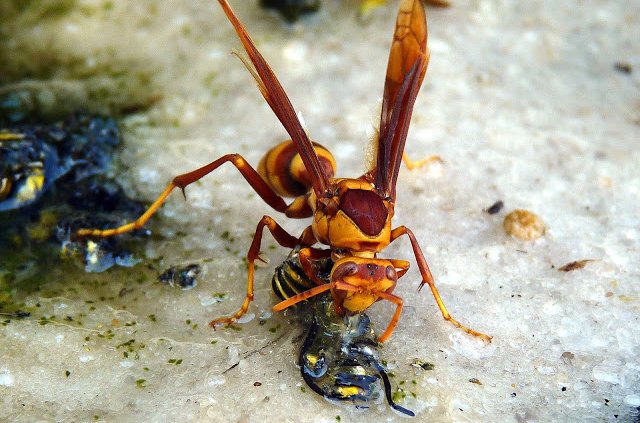
Butterflies fill important niches in food webs as pollinators and prey. Their participation across multiple levels of the food chain helps sustain balanced ecosystems.
Some key facts about the role of butterflies in food chains:
- Caterpillars are a nutritious food source for birds, small mammals, and other predators. This provides energy transfers up the food chain.
- As adults, butterflies pollinate plants that in turn feed herbivores like deer, rabbits, and cattle. This facilitates energy flow at lower levels.
- Declines in butterfly populations can disrupt connections in the food web. Predators like wasps may lose an important prey source.
- Protecting butterflies helps maintain biodiversity across trophic levels. Their niche as pollinators and prey enables energy and nutrient cycling.
By serving as food for some creatures and providers of food for others, butterflies link together complex food webs. Their participation across multiple levels helps sustain the balance of diverse, resilient ecosystems. Protecting butterfly populations is key to maintaining stable food chains and environmental equilibrium.
Butterflies Serve as Ecosystem Barometers
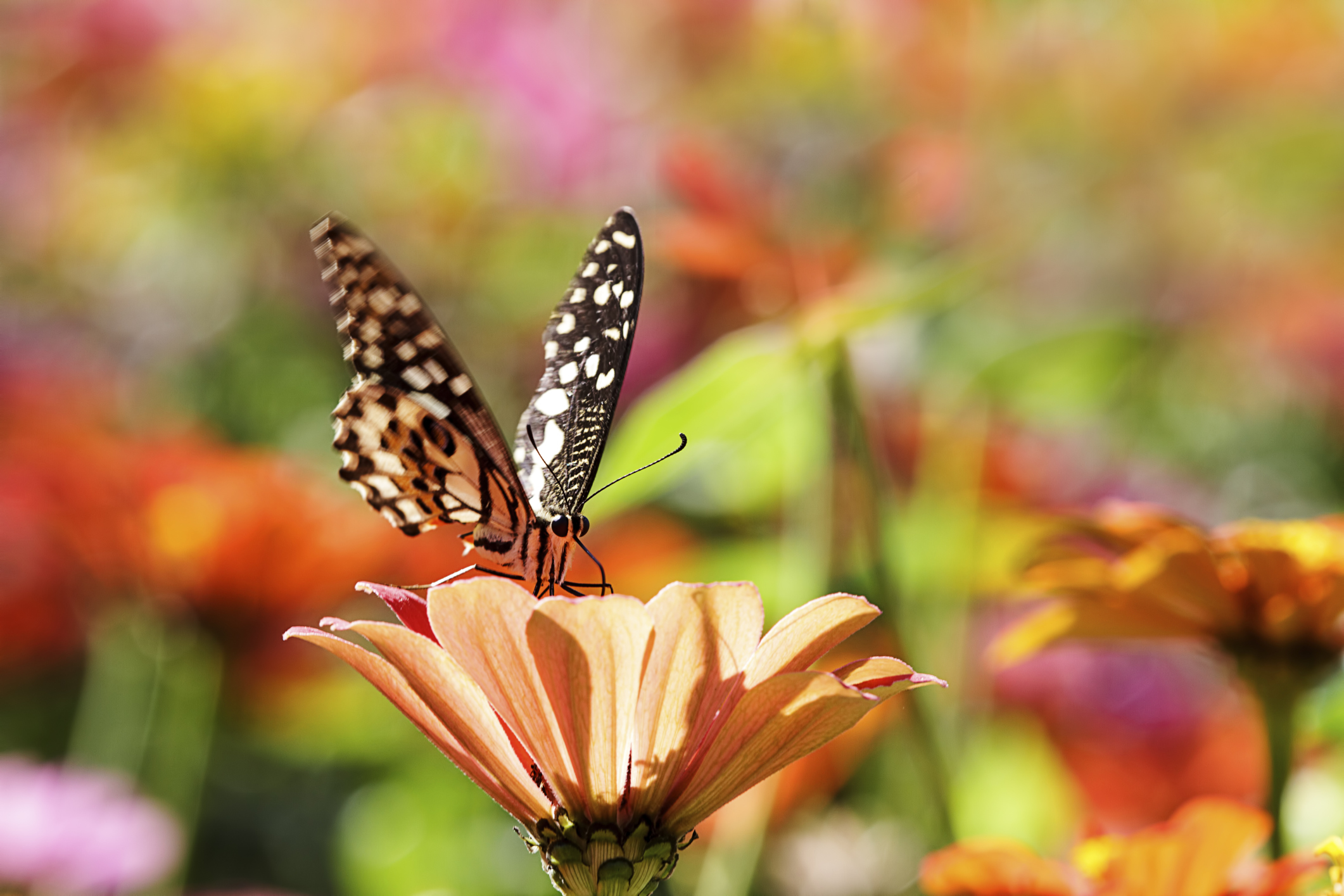
Butterflies act as key indicators of environmental health. The size and diversity of butterfly populations reflect the overall state of their habitats.
Some reasons butterflies serve as barometers of ecosystem vitality:
- As pollinators, their numbers show how well plants are reproducing. Declines can signal issues for flowering species.
- They are quite sensitive to changes in climate, habitat loss, and pollution. Population drops may indicate broader degradation.
- With short lifecycles, shifts in butterfly communities manifest quickly. Rapid declines warn of emerging threats.
- Specialist species rely on certain habitat features or plant species. Their presence reflects specific ecosystem conditions.
- Diverse butterfly populations demonstrate rich biodiversity and food sources. Loss of diversity signals problems.
By closely monitoring butterfly populations and community composition, scientists gain crucial insights into the changing health of the broader ecological system. Serving as high-visibility proxies for overall habitat quality makes butterflies invaluable environmental indicators.
Pesticides endanger butterfly populations
The widespread use of chemical pesticides poses a major threat to butterflies. These indiscriminate toxins damage local ecosystems that butterflies depend on to survive.
Specifically, pesticides harm butterflies in the following ways:
- Direct contact can be lethal, especially to caterpillars lacking protective scales. Even small doses impede development.
- The chemicals reduce the availability of host plants by killing off vegetation. This leaves butterflies lacking food sources.
- Contamination of nectar sources can poison butterflies or reduce nutrition levels.
- Pesticides diminish biodiversity, eliminating predator species or disrupting symbiotic relationships.
- Exposure can impair reproduction, suppress immune systems, and increase infection rates.
- Some pesticides exhibit toxicity across generations, impacting larvae hatched long after application.
Losing butterfly populations indicates pesticide levels have grown dangerously high for all local life. While chemicals provide agricultural benefits, overuse exacts a toll on delicate ecological balances butterflies help maintain. Sustainable solutions must be found to safeguard these critical plant pollinators.
Healthy Environments Nurture Diverse Butterfly Species
Butterflies thrive in balanced ecosystems with rich biodiversity. These vibrant habitats allow different species to fill complementary niches. Supporting a wide array of butterflies promotes overall ecological health.
Specifically, diverse butterfly populations indicate:
- Abundant natural vegetation provides food and shelter. This benefits other species too.
- Clean air and water are not overloaded with pollutants. Toxins accumulate in insects more than larger animals.
- Intact food webs with predators regulating populations. Disruptions ripple across species.
- Sufficient undisturbed areas for mating, nesting, and migration. Developed land fragments habitats.
- Climate stability over seasons. Extremes and fluctuations strain adaptation limits.
- Resilience against invasive pests. Outbreaks spread readily across monocultures.
- Minimal pesticide usage. Butterflies serve as bioindicators for chemical impacts.
Fostering biodiversity allows varied butterfly species to fill vital roles. In turn, they pollinate plants, recycle nutrients, control pests, and provide food for birds. Protecting butterflies helps maintain the healthy, vibrant habitats all life relies on.
FAQ
How Does the Environment Affect Butterflies?
Butterflies are highly sensitive to changes in their environment, such as temperature, humidity, and availability of food sources. A healthy environment with ample nectar plants and host plants for caterpillars is essential for butterfly survival and reproduction.
Why Are Butterflies Important to the Environment for Kids?
Butterflies are important for kids to learn about because they play a vital role in plant pollination and as part of the food chain. Their life cycle from egg to caterpillar to chrysalis to adult butterfly also provides a visible example of metamorphosis. Noticing and learning about butterflies can help foster kids’ appreciation of nature.
What Do Monarch Butterflies Do for the Environment?
Monarch butterflies are especially important pollinators. Their long annual migrations from Canada and the U.S. to Mexico pollinate flowers all along their route. This aids in plant reproduction and food production. Monarchs also provide food for birds when populations are robust.
What Environment Do Butterflies Thrive In?
Butterflies thrive in environments with ample nectar plants, host plants for caterpillars, sunlight for basking, mud puddles, and protected areas for nesting. They prefer open meadows and fields over dense forests, and clean environments over ones contaminated with chemicals.
Conclusion
Butterflies play a crucial role in maintaining the environmental balance by participating in the food chain and food web formation. They serve as a major source of food for many bird species. Additionally, butterflies act as ecosystem barometers, indicating a healthy environment due to their sensitivity to chemicals in pesticides. They are also affected by changes in their surroundings. In summary, butterflies are not only beautiful creatures but also contribute significantly to the environment. They play a vital role as plant pollinators and serve as indicators of a healthy ecosystem.
